Compared to other seasons, winter is not a very popular time to travel – which makes it a great time to travel. Not only can you avoid huge throngs of tourists, but you can also find cheap deals on lodging and activities that might cost a small fortune during the summer. This is especially true at the country’s national parks, which are much less crowded during the cold months, giving you a chance to wander around like the park is your own personal domain.
There are plenty of choices. The National Park System boasts 423 different areas that span more than 85 million acres in all 50 states as well as the District of Columbia, American Samoa, Guam, Puerto Rico, and the U.S. Virgin Islands.
Keep reading to learn about the best national parks to visit during winter. Before heading out, check the weather forecast to make sure you don’t run into blizzards or sub-zero temperatures. Also check the NPS website at www.nps.gov for information on opening dates and hours, entrance requirements, contact info, and COVID-19 restrictions (if applicable).
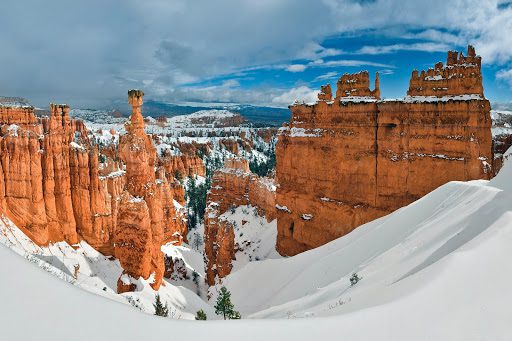
Bryce Canyon National Park, Utah
Most visitors travel to Bryce Canyon to see the Jurassic-era rock formations that rise up from the ground like hundreds of giant spears. They’re even more impressive during winter when they’re covered with ice and snow. At night, the combination of pitch-black skies and dry, cold air makes for the kind of stargazing you might otherwise only see at an observatory. If you don’t mind crowds, visit on President’s Day weekend for the annual Winter Festival.
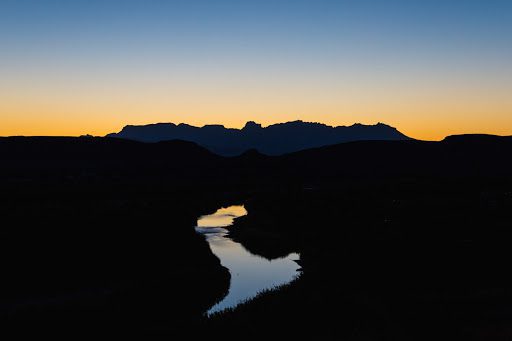
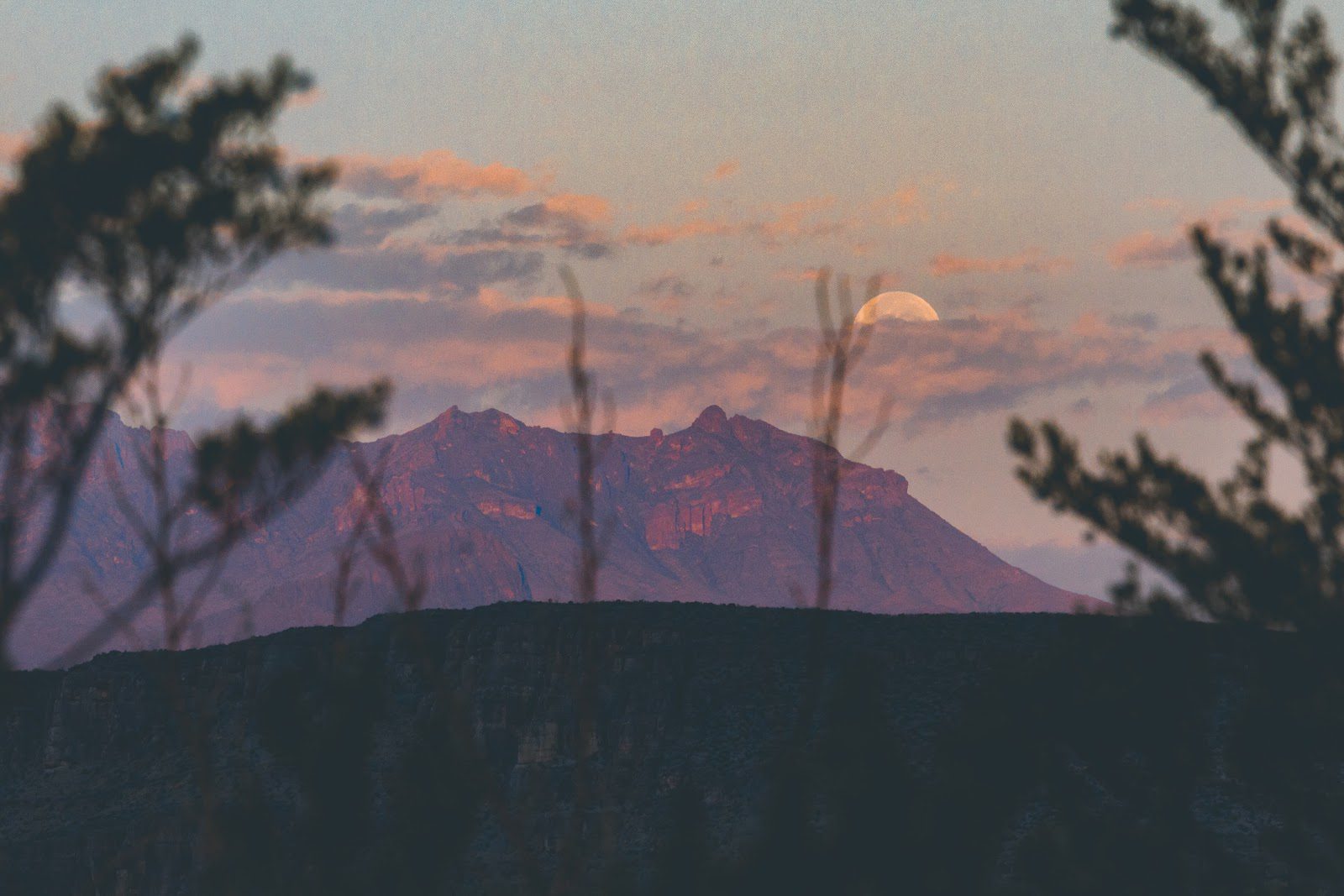
Big Bend National Park, Texas
Big Bend earned its nickname because its giant rock formation represents a “bend” in the Rio Grande River, which serves as a dividing line between Texas and Mexico. Winters here tend to be pretty moderate, with clear skies and daytime highs that often reach into the 70 degree weather. Temps drop swiftly at night, howe ver, and can hover near the freezing point. This is a great park for hiking, relaxing in hot springs, watching the brilliant sunset, and enjoying the scenic diversity.
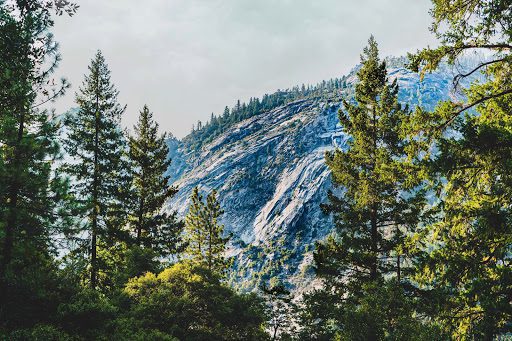
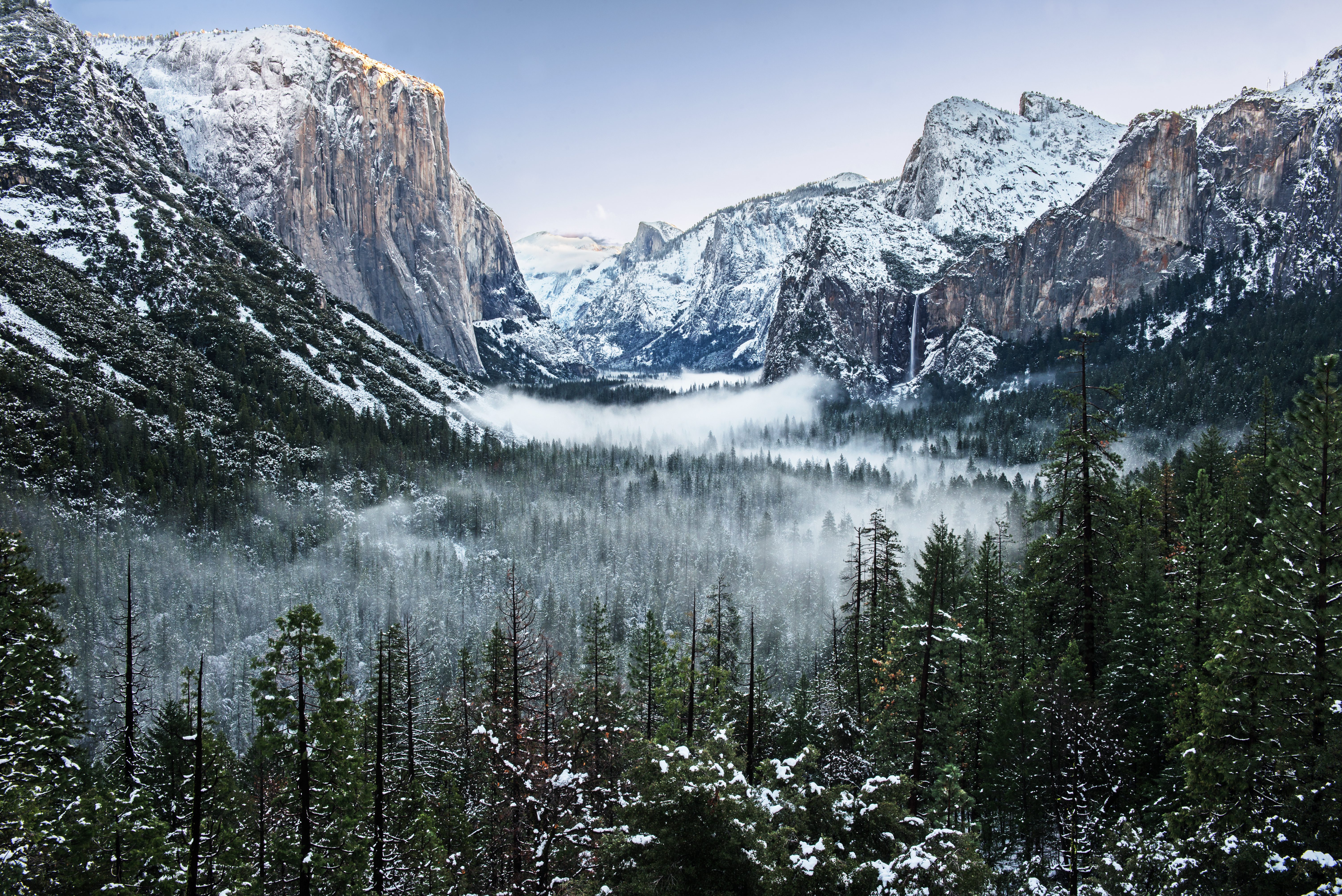
Yosemite National Park, California
If you like to hit the slopes, Yosemite is the place to go. The Glacier Point/Badger Pass Road is plowed during the winter so skiers and snowboarders can reach the Badger Pass ski area while hiking trails are available for snowshoers. For those with more sedate pursuits in mind, the Merced River is open for fishing year-round.
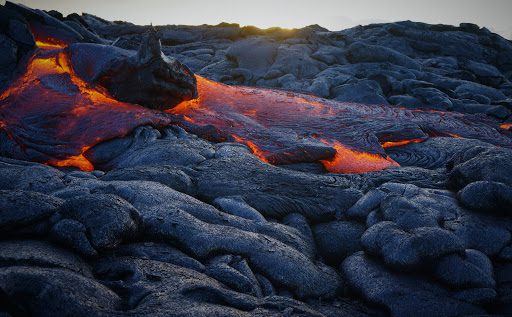
Hawaii Volcanoes National Park, Hawaii
Let’s face it: Hawaii doesn’t really do “winter.” The state’s average temperature during the erstwhile cold months is 78 degrees, so you can expect to be plenty toasty even as much of the rest of the country is shivering. In fact, Hawaii Volcanoes’ peak season comes during the winter, when visitors can enjoy its rainforests, black sand beaches, and recent lava flow in a temperate climate. Plenty of hiking options are available, including treks through the lava flows of Mauna Ulu and to the top of Puʻu Huluhulu Cinder Cone.
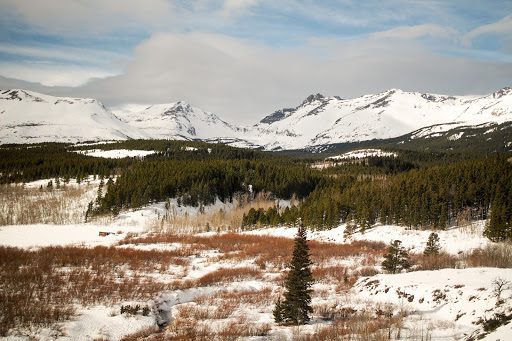
Glacier National Park, Montana
Glacier National Park – named for the huge glaciers that formed there 10,000 years ago – lives up to its name. The area is cold and snowy during the winter and therefore a popular destination for snowshoers and cross-country skiers. It’s also a good spot to soak up the winter solitude along the shore of Lake McDonald.

Acadia National Park, Maine
Acadia offers an ocean view for winter travelers, giving them a front-row seat to crashing waves and marine mammals such as seals, dolphins, and whales. Popular activities during the cold months include backcountry skiing, ice fishing, snowshoeing, and dog sledding.
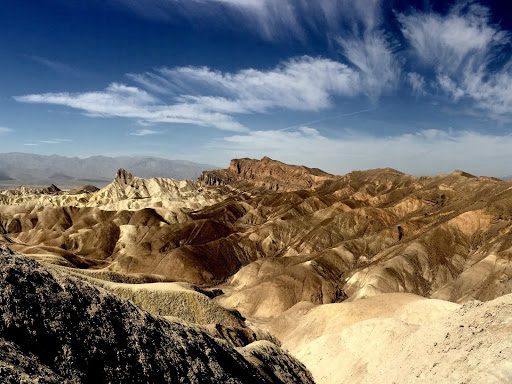
Death Valley National Park, California
The temperatures at Death Valley can hover around 100 degrees during the summer months, so winter is the time to go if you don’t want to spend your days wilting in the ever-present sun. Winter is also a good time to get clear views of salt flats, sand dunes, and sunrises from Zabriskie Point. The historic Inn at Death Valley offers 1920s-era architecture and the Old West-themed Last Kind Words Saloon.
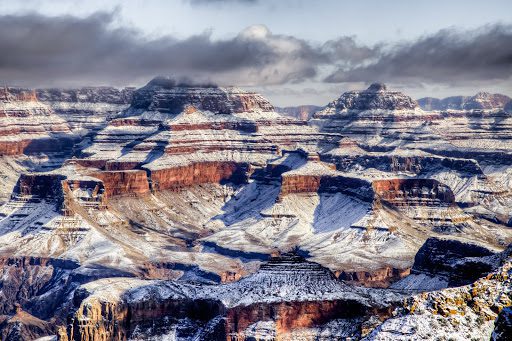
Grand Canyon National Park, Arizona
Yes, the Grand Canyon is on the to-do list for many Americans, and no, you don’t have to travel there during the crowded summer months. It’s easier to get a room at the park’s Phantom Ranch lodge in the winter, and backpackers will have an easier time getting permits to camp at the Bright Angel Campground.
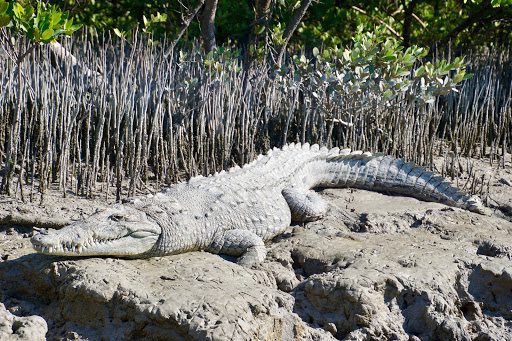
Everglades National Park, Florida
Here’s another temperate climate during winter, with temperatures averaging in the low- to mid-60s during December, January, and February. Winter comes during the dry season in the Everglades, which means it’s not nearly as humid or bug-infested as other times of the year. You also have a better chance of sighting wading birds (and their predators) during winter canoe rides through mangroves and marshes.

Zion National Park, Utah
If you plan to visit Zion National Park in winter, bring clothes that can handle cool, wet weather. Although the daytime temperature usually ranges from 50 to 60 degrees, temps can fall well below freezing when the sun goes down. This is also the rainy season, so expect damp weather. On the plus side, it’s also the best time to see Zion’s iconic sandstone walls without having to share space with large crowds. You might also see awesome views of the walls and scenery covered in light snow.





